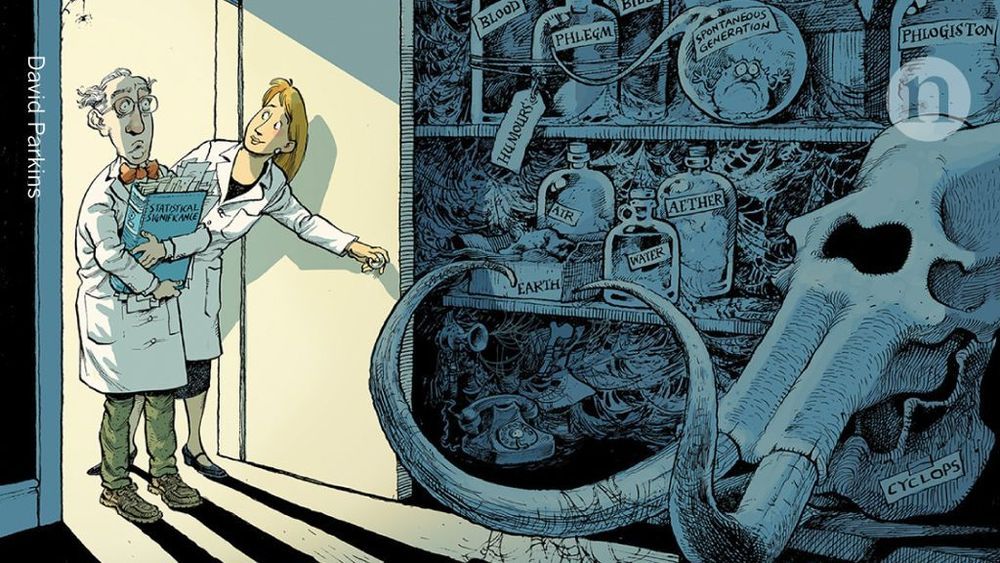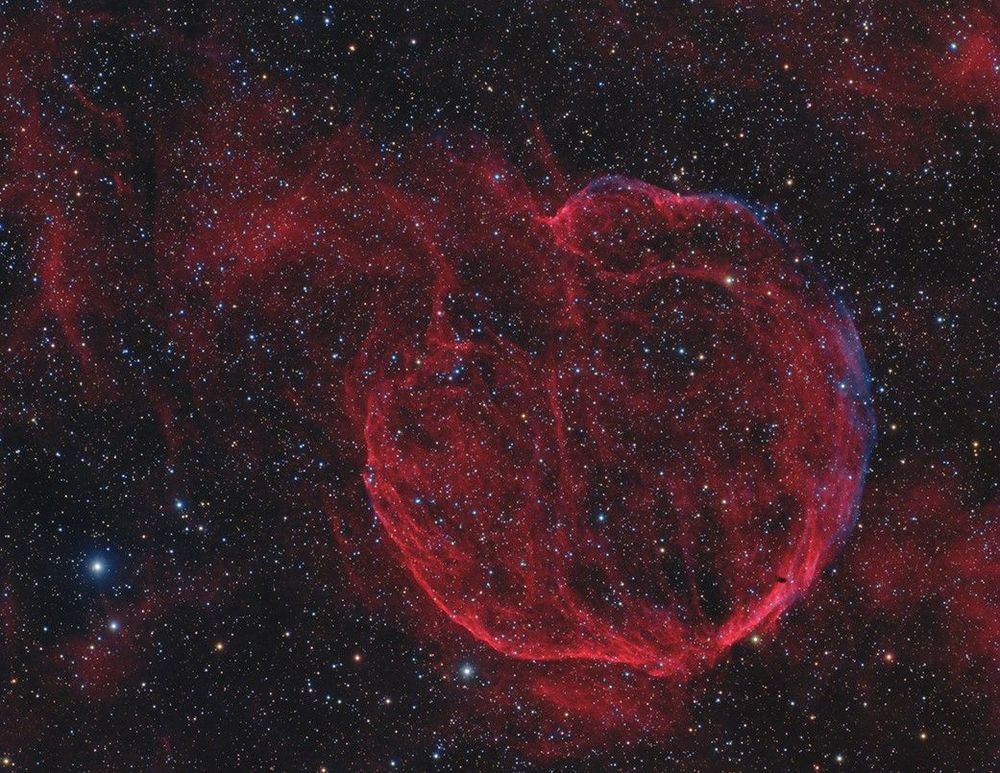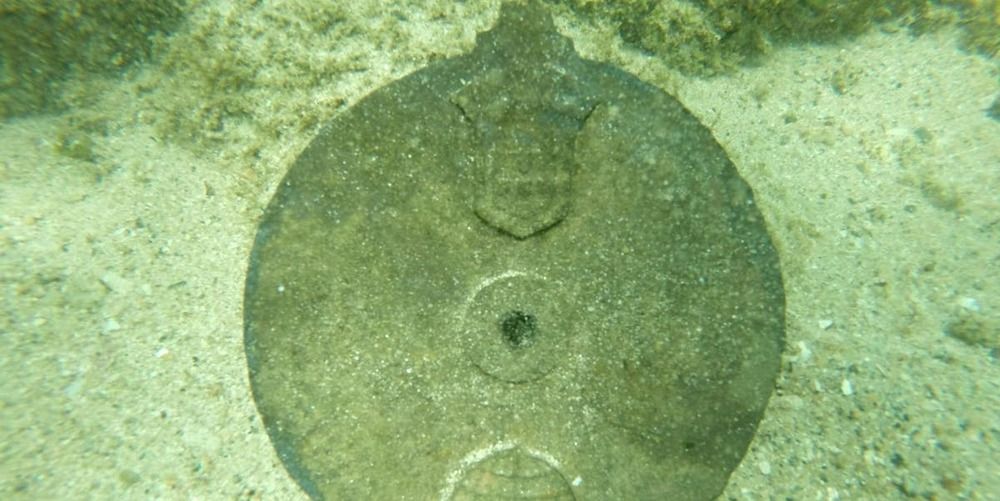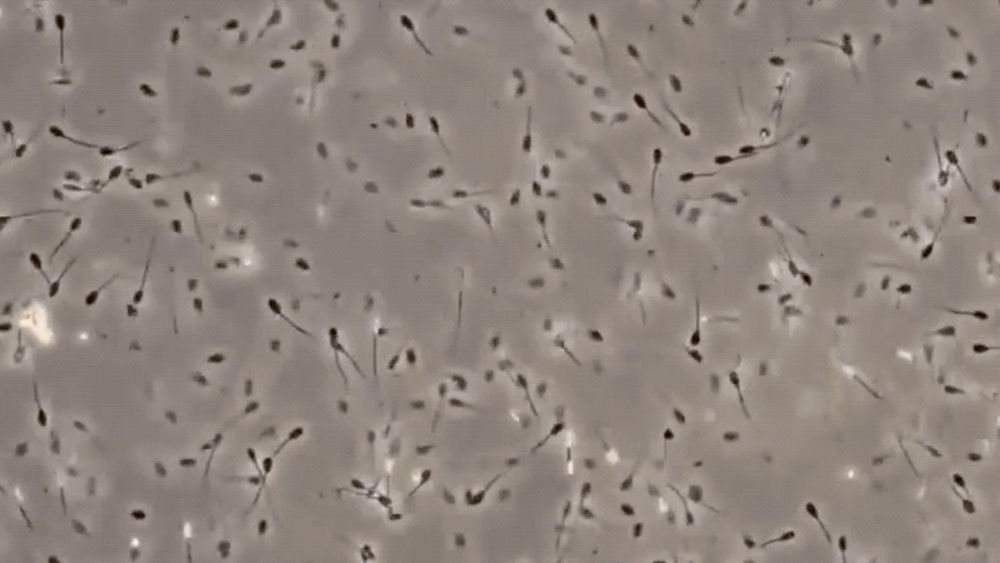Today, CERN welcomes Serbia as its 23rd Member State, following receipt of formal notification from UNESCO that Serbia has acceded to the CERN Convention.




We are not calling for a ban on P values. Nor are we saying they cannot be used as a decision criterion in certain specialized applications (such as determining whether a manufacturing process meets some quality-control standard). And we are also not advocating for an anything-goes situation, in which weak evidence suddenly becomes credible. Rather, and in line with many others over the decades, we are calling for a stop to the use of P values in the conventional, dichotomous way — to decide whether a result refutes or supports a scientific hypothesis5.
Valentin Amrhein, Sander Greenland, Blake McShane and more than 800 signatories call for an end to hyped claims and the dismissal of possibly crucial effects.


Astronomers found a pulsar hurtling through space at nearly 2.5 million miles an hour — so fast it could travel the distance between Earth and the Moon in just 6 minutes. The discovery was made using NASA’s Fermi Gamma-ray Space Telescope and the National Science Foundation’s Karl G. Jansky Very Large Array (VLA).
“Thanks to its narrow dart-like tail and a fortuitous viewing angle, we can trace this pulsar straight back to its birthplace,” said Frank Schinzel, a scientist at the National Radio Astronomy Observatory (NRAO) in Socorro, New Mexico. “Further study of this object will help us better understand how these explosions are able to ‘kick’ neutron stars to such high speed.” Schinzel, together with his colleagues Matthew Kerr at the U.S. Naval Research Laboratory in Washington, and NRAO scientists Dale Frail, Urvashi Rau and Sanjay Bhatnagar presented the discovery at the High Energy Astrophysics Division meeting of the American Astronomical Society in Monterey, California. A paper describing the team’s results has been submitted for publication in a future edition of The Astrophysical Journal Letters.

I’ve posted or commented several times about relying on what I call single-study-science. The tendency to see some awesome scientific report and base one’s entire position on that one paper. This can be a problem in all areas of science.
A few months ago, PLOS ONE published a study of parental reports on gender dysphoria in adolescents and young adults, which was the subject of strong criticism and debate shortly after publication (see example here or here). We also received a large volume of personal communication, which I have personally reviewed. I would like to thank everyone who took the time to contact us with their assessment of this study.

“I have conducted numerous shipwreck projects around the world, many in depths greater than 4,000 and 5,000 meters,” Mearns says. “But I have never worked harder and had such fun as I did diving with our British and Omani team every day on this rewarding project.”
“You can only dream about finding such a rare and precious artifact as an astrolabe, but then to find such a historically important one in relatively good condition was a huge bonus.”


Semen frozen back in 1968 has been used to impregnate dozens of Merino ewes, resulting in healthy lambs. The Australian scientists who made it happen say it’s the oldest sperm ever used to produce offspring.
A research team led by Simon de Graaf from the Sydney Institute of Agriculture and School of Life and Environmental Sciences impregnated 34 Merino ewes with the thawed out 50-year-old ram sperm, according to a University of Sydney press release. Incredibly, the sperm resulted in birth rates comparable to semen frozen for 12 months.